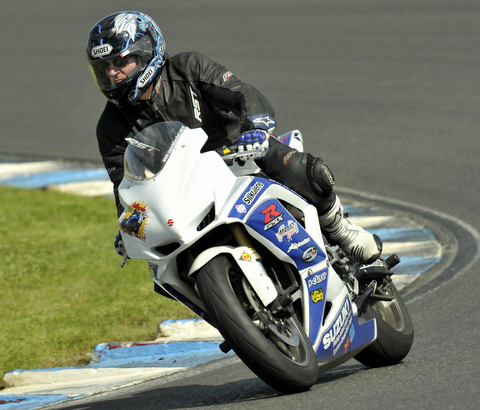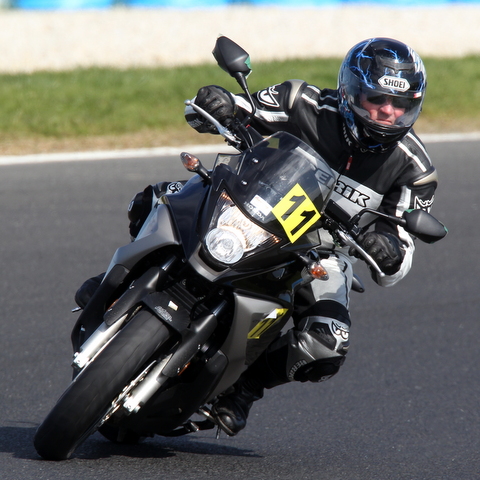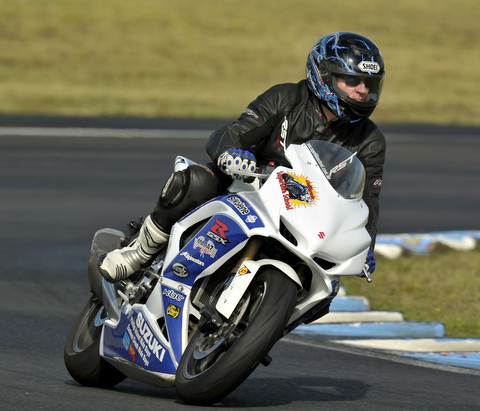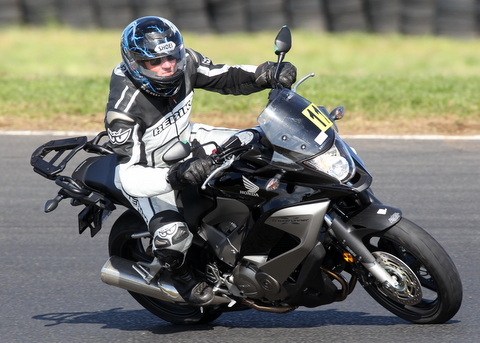
 |
|
California Superbike School Good Value and Good Fun Introduction As a late comer to motorcycling (at age 61), I was attuned from the outset to the need for training. Apart from the courses associated with obtaining my learner’s permit and provisional licence, I did Stay Upright’s Braking and Cornering Level I course while still on my Ls. This was on a small training track locally. Later, accompanied by a couple of fellow riders from Canberra, I did their Level II course at the now-defunct Oran Park race track in Sydney. That was beneficial and fun. Over the ensuing years, I had come across references to the California Superbike School, but had not given it much attention. However, I must have stored in my memory the several positive allusions that had been made to the school because sometime in 2011 I made an “executive decision” to try it out for myself. The Tracks
How The School Works The school offers four levels of its eponymous Cornering course. There’s no jumping levels. No one can enrol in any level above Level 1 unless they have already completed the level or levels below. Each level is undertaken over one (long) day. Levels 1-3 are very structured days encompassing five sessions, with each session encompassing classroom work centred on specific skills; monitored track work practising the skills by way of set drills; and the provision of feed-back from mentors who follow and lead participants around the track. Level 4 is a one-on-one day with a trainer, with the content tailored to the needs of the participant and open access to the track.
I hadn’t initially intended to do the higher levels. There seemed more than enough new approaches to cornering to master from the first level. I can’t even remember what seduced me into doing Level 2, but I did it at Eastern Creek. This time I chose to hire one of the school’s bikes – a full on sports bike, a Suzuki GSXR600. That aspect alone was a new experience and fun. In retrospect, I think unfamiliarity of the bike might have contributed to my hesitancy with the set-piece drills of Level 2. It took a disproportionate part of the day to start to feel comfortable with the track work. There was also an element of the skills to be learnt being less tangible than in Level 1. I ended up with mixed feelings about the value of doing Level 2.
I was pleasantly delighted to discover the Level 3 skills to be learnt were all very tangible, with the ‘classroom’ (more ‘garage’) work being focussed on positions and actions taught on a bike, set up solidly on a stand. The practice drills were a very tangible extension of the ‘classroom’ segments. I got much more out of Level 3 than I did from Level 2 so was very pleased at having done it. Conclusion O |




